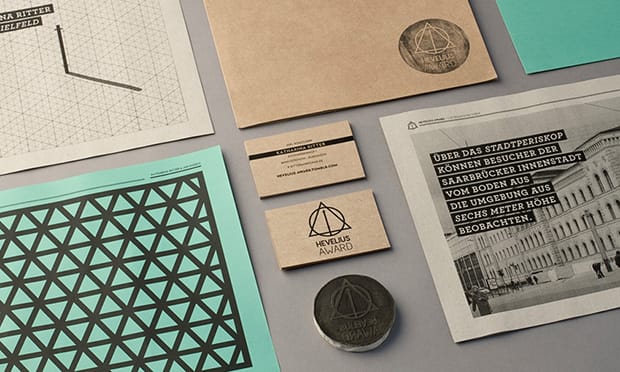From elegant branding projects to conceptual art installations and achingly cool stage visuals, this German designer perfectly balances big ideas with finely tuned execution.
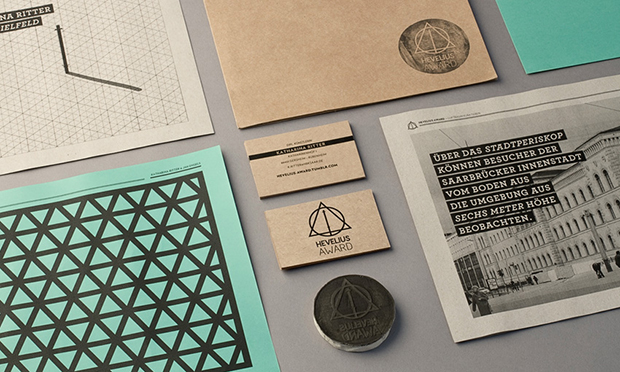
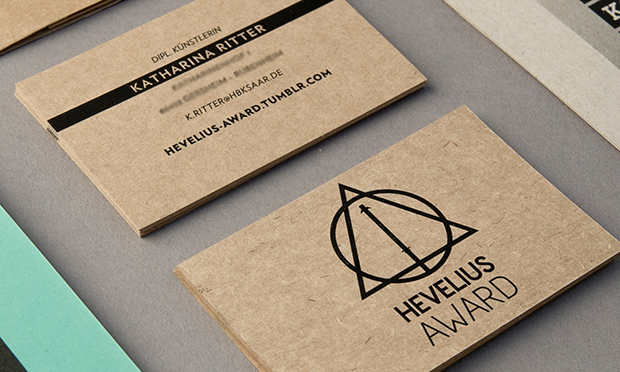
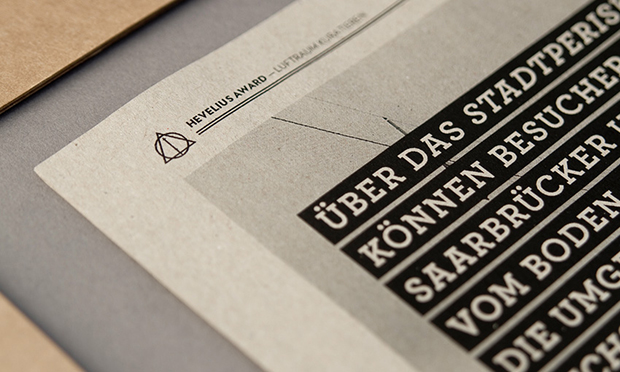
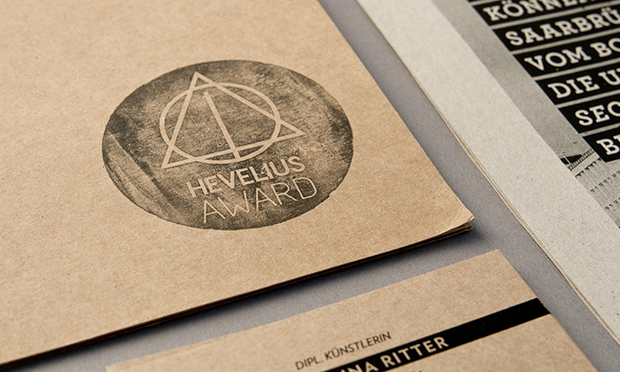
How would you describe your approach to design?
Design is about telling a story, and making the soul of a human-made creation perceptible. The design process itself is a combination of inner and outer circles: opening up to present the results and then crawling back into my cave to focus on the work. It‘s a very meditative thing.
Tell us a little bit about your Shift Save project.
I got the idea for Shift Save after writing an essay about the relationship between humankind and technology and its impact on our current society. I read articles from various futurologists, such as Ray Kurzweil, George Dyson and Amber Case, but also health reports about current problems our society as a whole is suffering from. I started working with a colleague of mine, Fabian Mansmann, developing the idea to create something that would approach the problem in a time of paradigm shifts. Shift-Save is a fictional concept, a cross-media production. Like all ages and cultures, the current society needs sacred spaces – a site where analogue and digital, but also human kind and technology can meet up. So we build just that: an installation, where visitors had to pass through ritual spaces to prepare themselves for an immersive encounter in the central meditation room –the space of reconciliation.

